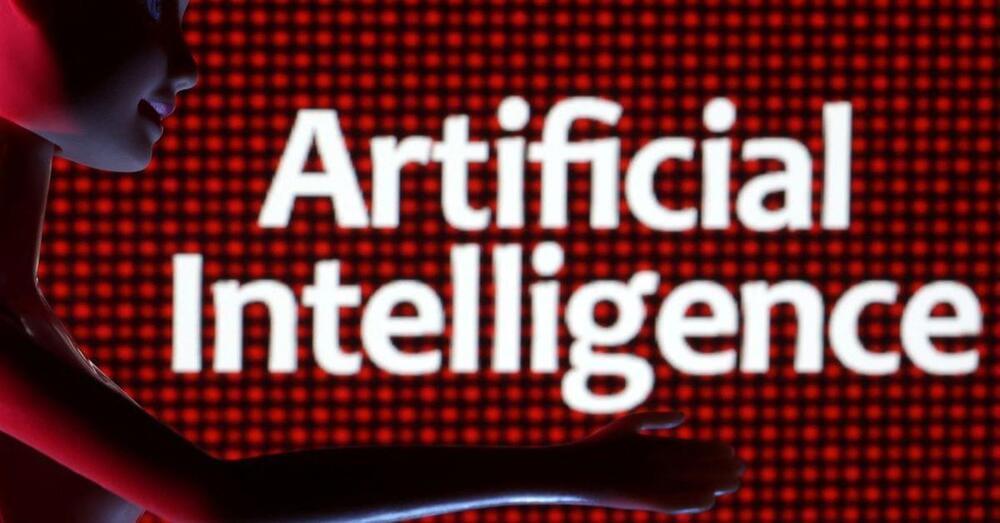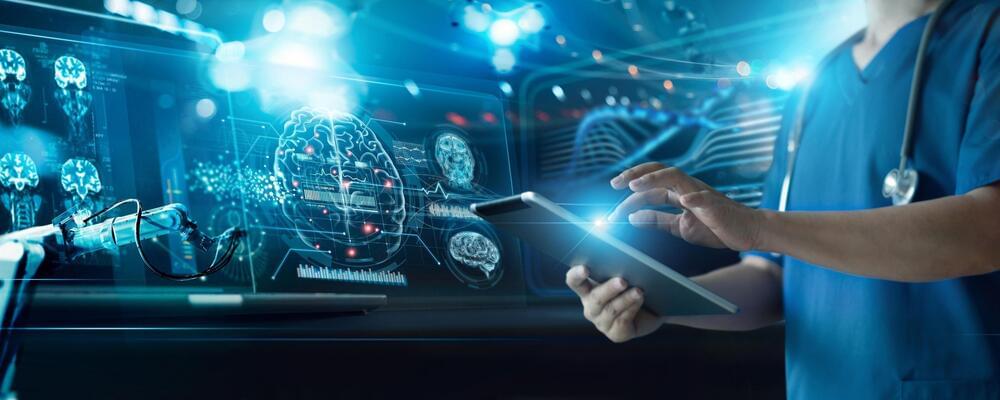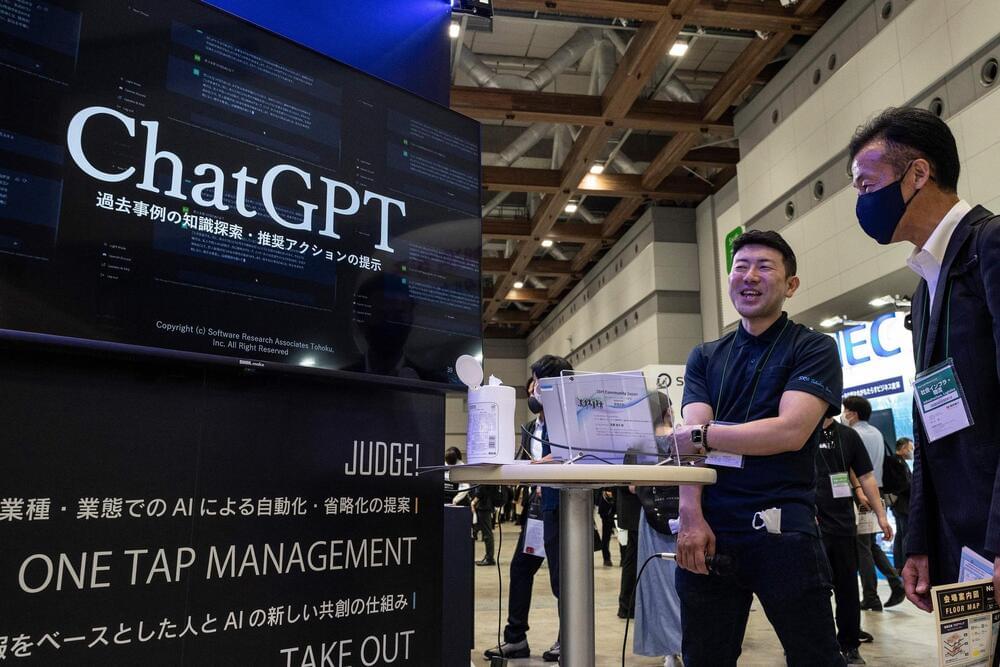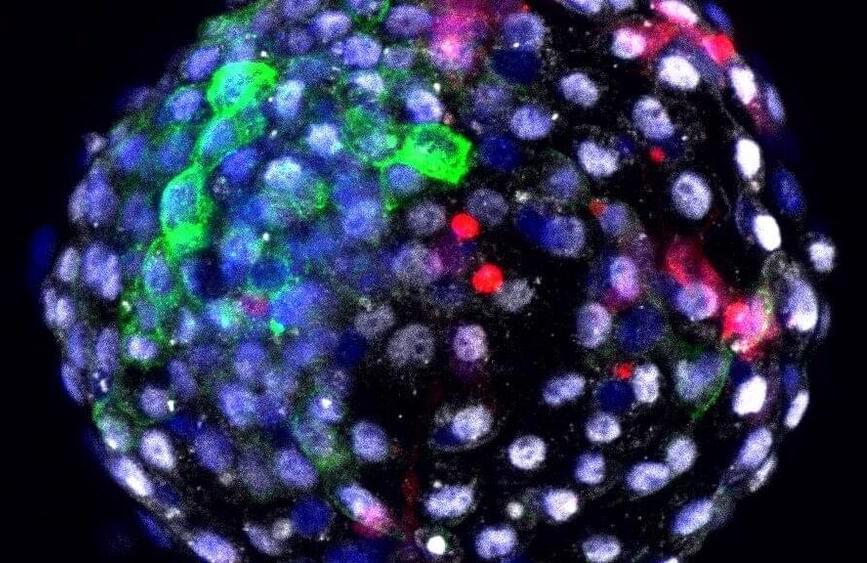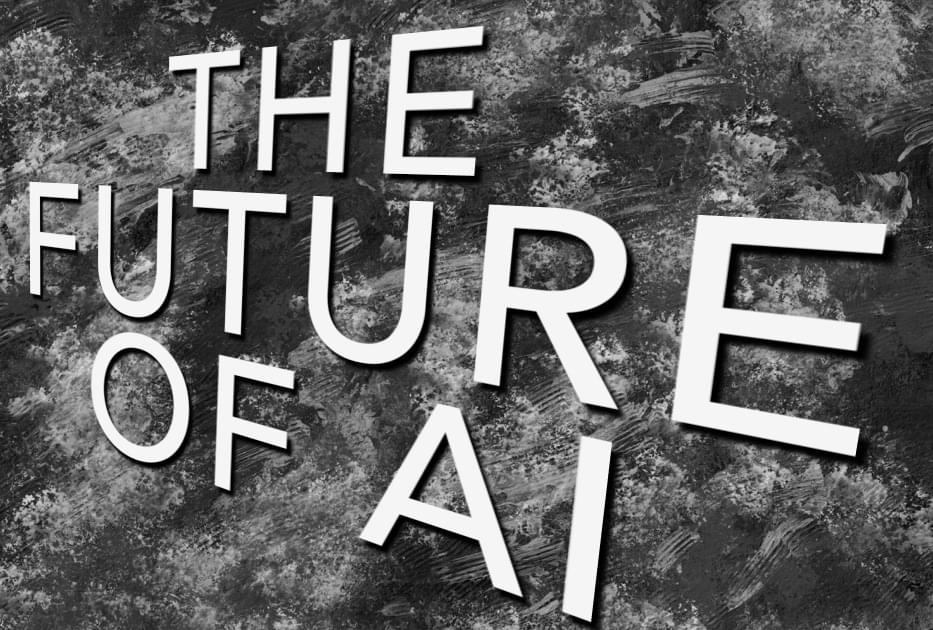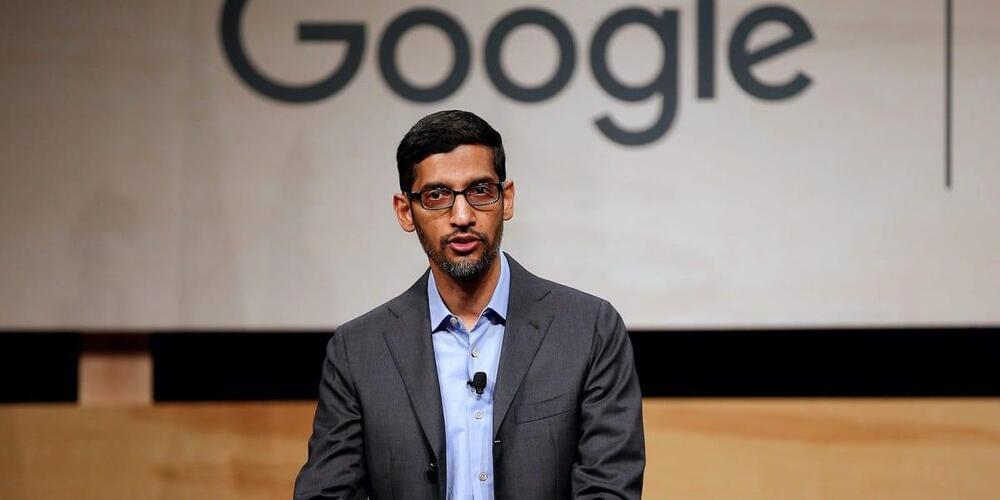The General Theory of General Intelligence: A Pragmatic Patternist Perspective — paper by Ben Goertzel: https://arxiv.org/abs/2103.15100 Abstract: “A multi-decade exploration into the theoretical foundations of artificial and natural general intelligence, which has been expressed in a series of books and papers and used to guide a series of practical and research-prototype software systems, is reviewed at a moderate level of detail. The review covers underlying philosophies (patternist philosophy of mind, foundational phenomenological and logical ontology), formalizations of the concept of intelligence, and a proposed high level architecture for AGI systems partly driven by these formalizations and philosophies. The implementation of specific cognitive processes such as logical reasoning, program learning, clustering and attention allocation in the context and language of this high level architecture is considered, as is the importance of a common (e.g. typed metagraph based) knowledge representation for enabling “cognitive synergy” between the various processes. The specifics of human-like cognitive architecture are presented as manifestations of these general principles, and key aspects of machine consciousness and machine ethics are also treated in this context. Lessons for practical implementation of advanced AGI in frameworks such as OpenCog Hyperon are briefly considered.“
Talk held at AGI17 — http://agi-conference.org/2017/#AGI17 #AGI #ArtificialIntelligence #Understanding #MachineUnderstanding #CommonSence #ArtificialGeneralIntelligence #PhilMind https://en.wikipedia.org/wiki/Artificial_general_intelligenceMany thanks for tuning in!
Have any ideas about people to interview? Want to be notified about future events? Any comments about the STF series?
Please fill out this form: https://docs.google.com/forms/d/1mr9PIfq2ZYlQsXRIn5BcLH2onbiSI7g79mOH_AFCdIk/
Consider supporting SciFuture by:
a) Subscribing to the SciFuture YouTube channel: http://youtube.com/subscription_center?add_user=TheRationalFuture b) Donating.
- Bitcoin: 1BxusYmpynJsH4i8681aBuw9ZTxbKoUi22
- Ethereum: 0xd46a6e88c4fe179d04464caf42626d0c9cab1c6b.
- Patreon: https://www.patreon.com/scifuture c) Sharing the media SciFuture creates.
Kind regards.
Adam Ford.
- Science, Technology & the Future — #SciFuture — http://scifuture.org

